


1. Where does craving arise?
"Where does this craving, when arising, arise? And where, when dwelling, does it dwell? Whatever is endearing & alluring in terms of the world: that is where this craving, when arising, arises. That is where, when dwelling, it dwells.
"And what is endearing & alluring in terms of the world? The eye is endearing & alluring in terms of the world. That is where this craving, when arising, arises. That is where, when dwelling, it dwells.
"The ear... The nose... The tongue... The body... The intellect...
"Forms... Sounds... Smells... Tastes... Tactile sensations... Ideas...
"Eye-consciousness... Ear-consciousness... Nose-consciousness... Tongue-consciousness... Body-consciousness... Intellect-consciousness...
"Eye-contact... Ear-contact... Nose-contact... Tongue-contact... Body-contact... Intellect-contact...
"Feeling born of eye-contact... Feeling born of ear-contact... Feeling born of nose-contact... Feeling born of tongue-contact... Feeling born of body-contact... Feeling born of intellect-contact...
"Perception of forms... Perception of sounds... Perception of smells... Perception of tastes... Perception of tactile sensations... Perception of ideas...
"Intention for forms... Intention for sounds... Intention for smells... Intention for tastes... Intention for tactile sensations... Intention for ideas...
"Craving for forms... Craving for sounds... Craving for smells... Craving for tastes... Craving for tactile sensations... Craving for ideas...
"Thought directed* at forms... Thought directed at sounds... Thought directed at smells... Thought directed at tastes... Thought directed at tactile sensations... Thought directed at ideas...
"Evaluation** of forms... Evaluation of sounds... Evaluation of smells... Evaluation of tastes... Evaluation of tactile sensations... Evaluation of ideas is endearing & alluring in terms of the world. That is where this craving, when arising, arises. That is where, when dwelling, it dwells.
"This is called the noble truth of the origination of stress.
Eye is not attached (fettered) to the object or object is not attached (fettered) to the eye. Same applies to other senses too. If these two are attached we have no chance of getting out of this samsara. This fetter is the craving (Figure 1). This is well explained in the Kotthita Sutta. Also see a old post related to this sutta called "Why are these two boots tied together".
We can now examine the craving in the mind works model. All these things happen in the mind in relation to the six senses and craving is present at every step. In the mind works model these steps are expanded as a flow chart to include all six senses and how it connects to the dependent origination is shown so that we understand this process more clearly. The red box on craving in the original mind works model is not shown here and is replaced by a large red star to indicate that this is this craving that applies in all these steps (Figure 2). The steps where craving arises and dwells are marked with small red stars.
Now next step is to consider where craving is abandoned. They are the same places where they arise and dwells. Please read the passage below.
2. Where is craving abandoned?
Where, when being abandoned, is this craving abandoned? And where, when ceasing, does it cease? Whatever is endearing & alluring in terms of the world: that is where, when being abandoned, this craving is abandoned. That is where, when ceasing, it ceases.
"And what is endearing & alluring in terms of the world? The eye is endearing & alluring in terms of the world. That is where, when being abandoned, this craving is abandoned. That is where, when ceasing, it ceases.
"The ear... The nose... The tongue... The body... The intellect...
"Forms... Sounds... Smells... Tastes... Tactile sensations... Ideas...
"Eye-consciousness... Ear-consciousness... Nose-consciousness... Tongue-consciousness... Body-consciousness... Intellect-consciousness...
"Eye-contact... Ear-contact... Nose-contact... Tongue-contact... Body-contact... Intellect-contact...
"Feeling born of eye-contact... Feeling born of ear-contact... Feeling born of nose-contact... Feeling born of tongue-contact... Feeling born of body-contact... Feeling born of intellect-contact...
"Perception of forms... Perception of sounds... Perception of smells... Perception of tastes... Perception of tactile sensations... Perception of ideas...
"Intention for forms... Intention for sounds... Intention for smells... Intention for tastes... Intention for tactile sensations... Intention for ideas...
"Craving for forms... Craving for sounds... Craving for smells... Craving for tastes... Craving for tactile sensations... Craving for ideas...
"Thought directed* at forms... Thought directed at sounds... Thought directed at smells... Thought directed at tastes... Thought directed at tactile sensations... Thought directed at ideas...
"Evaluation** of forms... Evaluation of sounds... Evaluation of smells... Evaluation of tastes... Evaluation of tactile sensations... Evaluation of ideas is endearing & alluring in terms of the world. That is where, when being abandoned, this craving is abandoned. That is where, when ceasing, it ceases.
"This is called the noble truth of the cessation of stress."


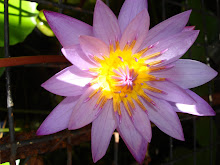












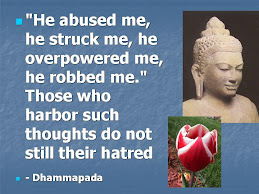

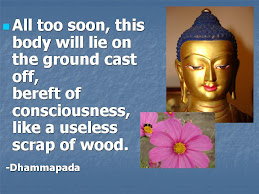
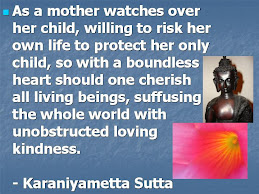
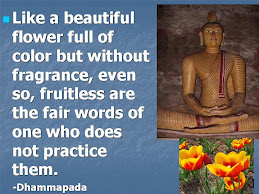
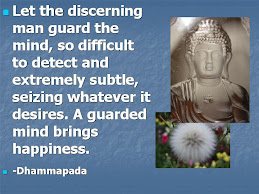

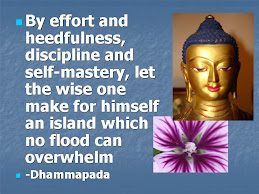

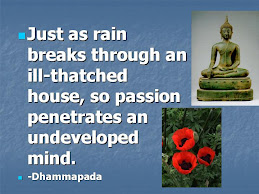

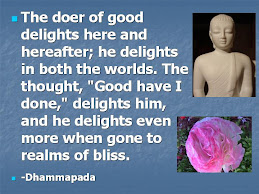
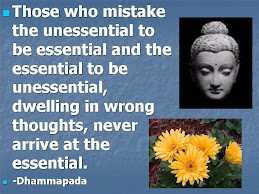
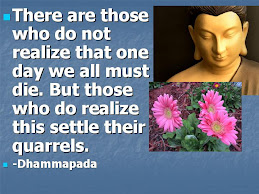
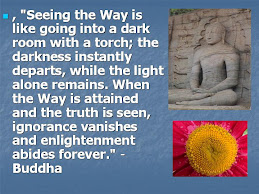

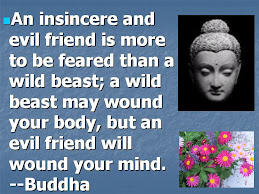
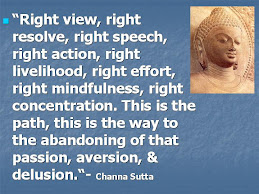

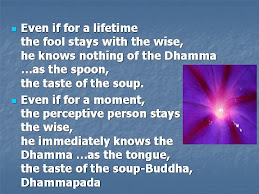


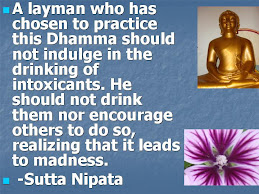
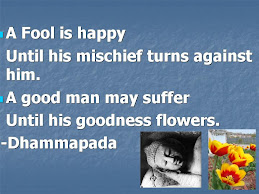
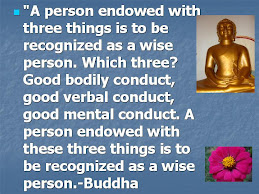

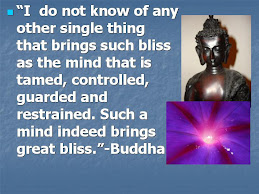
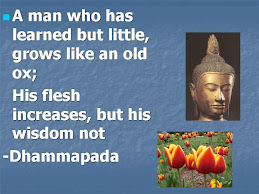
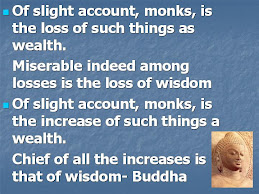
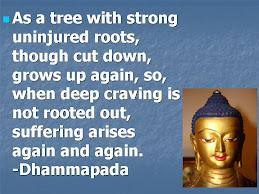
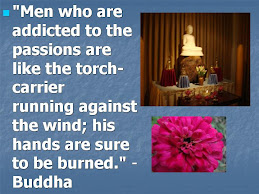


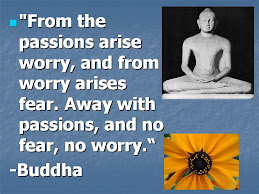
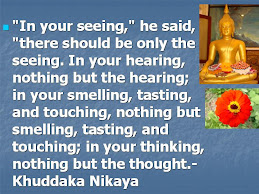




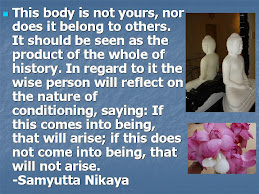
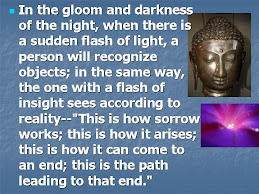
















2 comments:
saddhu x3 anumodana ;) good job in drafting the concepts in the form of mind mapping ..it makes it so much easier to digest the concepts..may i put your mind map up on my blog for reference?
Dear Sampuna
Much Muditha. Sure you can. I am glad you liked it.
With Mettha
Piyal
Post a Comment